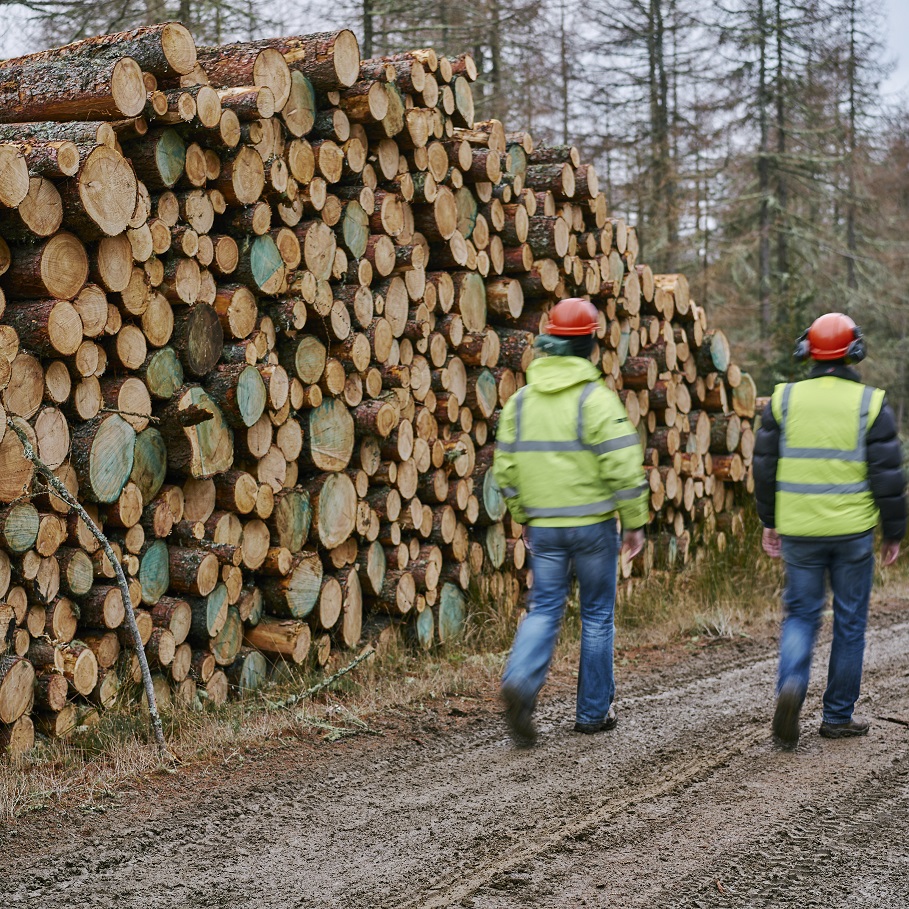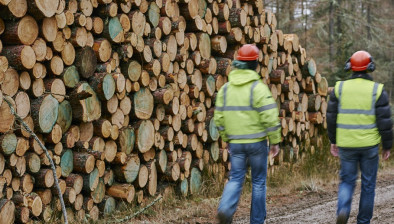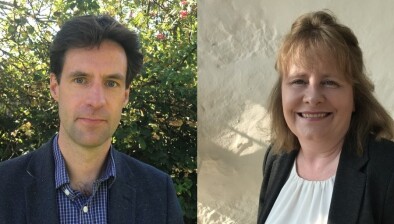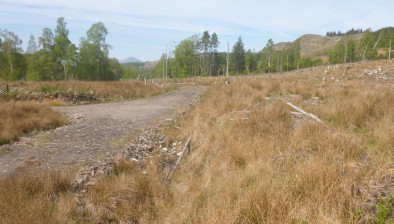Forestry and Land Scotland: When cutting down trees is good for the climate emergency
Everyone knows that planting trees is vital for the effort for capturing carbon emissions and mitigating the impact of the climate emergency, but according to Forestry and Land Scotland (FLS), cutting down trees – when it’s part of sustainable forest management – is even more important.

Felling conifers to provide softwood for timber processors is all part of a sustainable forestry cycle - planting and growing trees specifically for the wood and always replanting more than are cut down. It is the fundamental business of foresters in managing forests to produce a naturally renewable and sustainable resource.
The benefits of this cycle not only include making carbon emissions work for us rather than against us but also providing a wide range of habitats for wildlife, protecting native woodland – and giving FLS a chance to adapt its forests to better withstand future climate conditions.
Jo Ellis, FLS’ head of planning and environment, said: “Every year, we aim to bring 3,000,000 cubic metres of timber to market – that’s enough to cover a football pitch with a stack of timber 350m high – 50m higher than Britain’s tallest building (The Shard)! Or enough to provide just over 200,000 timber framed housing units.
“As a general rule of thumb, that’s about the same as 3,000,000 tonnes of captured CO2 emissions – the equivalent of 3,000,000 HGV trips between Edinburgh and London - that can be turned into useful products.
“A small amount of that timber (approx. 5%) is used for renewable heat generation but the majority of it – and the captured carbon it embodies - is made into products that help us in our day-to-day lives, such as paper, cardboard packaging, fence posts or timber frames for houses. But more importantly felling trees opens up a piece of land so that more trees can be planted to start capturing more emissions.
“The amazing thing is that the trees we fell in any given year will have been planted around 40 years previously - and every year we plant 25 million more trees for the foresters of the future to harvest in 40 years’ time.”
Each year FLS will harvest around 2% of the forest that it manages.
Felling trees also provides an opportunity to create a new forest that is made up of a mix of species that will both be better able to withstand climate changes in years to come, and offer a greater range of habitats to better sustain biodiversity.
Jo added: “Our sustainably managed conifer forests already sustain around 2000 species. They provide a range of habitats that are hugely valuable for 42 threatened species on the IUCN Red Data List, with 29 of those species also benefiting from Sitka spruce plantations.
“By adapting our productive forests, by giving them a greater mix of species and ages, we can make them even more beneficial for wildlife and biodiversity.
“All of this is achieved through the forest cycle and is absolutely vital to our ongoing effort to mitigate the climate emergency.”









